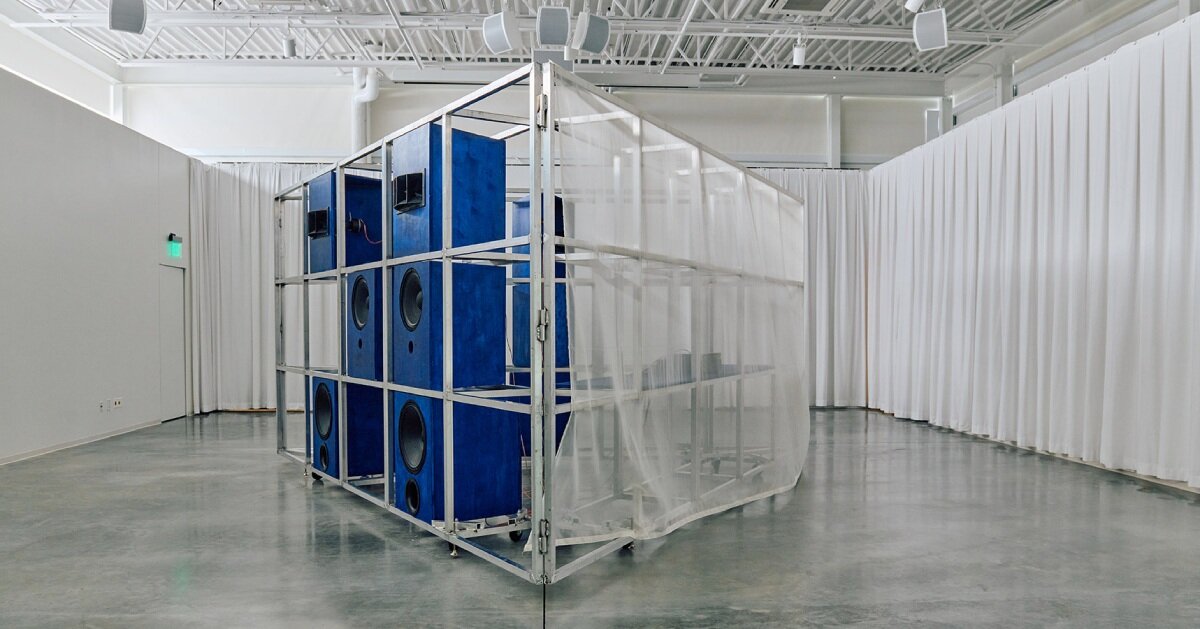
Joseph Zeal-Henry and Deborah Garcia present the SUPA System, a human-scale installation exploring the relationship between music and communal gathering spaces. Inspired by commercial billboards’ aluminum frames, the modular and open-source structure draws from diverse architectural traditions, offering a flexible platform for collaboration.
The SUPA System, launched at Harvard University, features a versatile design with no fixed dimensions, allowing it to adapt to various environments. Set on hinges, the flexible structure’s walls can be opened or closed, while a semi-transparent gauze can be hung across the grid for film projections, enhancing its functionality.
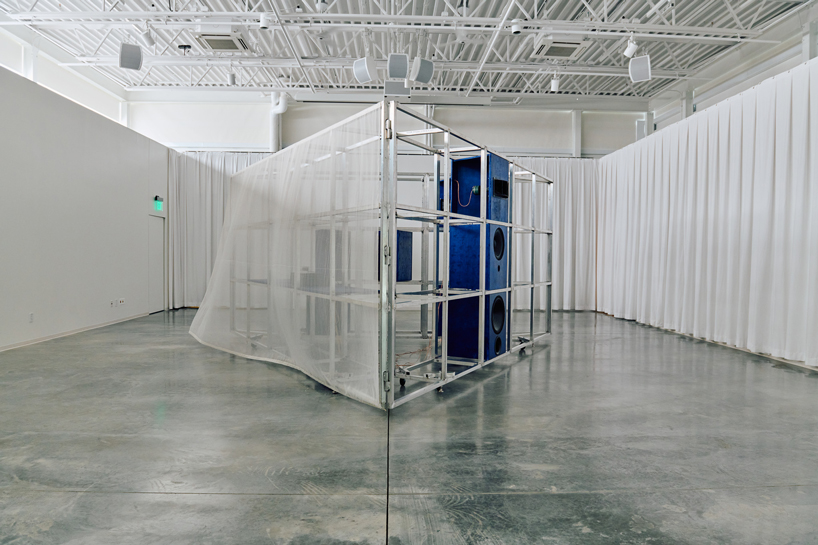
all images by Malakhai Pearson
joseph zeal-henry and Deborah Garcia foster collaboration
Designed by Joseph Zeal-Henry and Deborah Garcia to encourage creative exchange, the SUPA System can be replicated by fabricators worldwide using open-source designs. Collaboration with a sound engineer ensures high-quality sound production, with materials carefully selected to support speaker performance.
With a blend of low-fi and high-tech fabrication techniques, including CNC-ing the speaker boxes, the SUPA System invites participation without emphasizing individual authorship. Taking a playful and critical approach to the idea of infrastructure, the installation facilitates collaboration and exchange with other people.
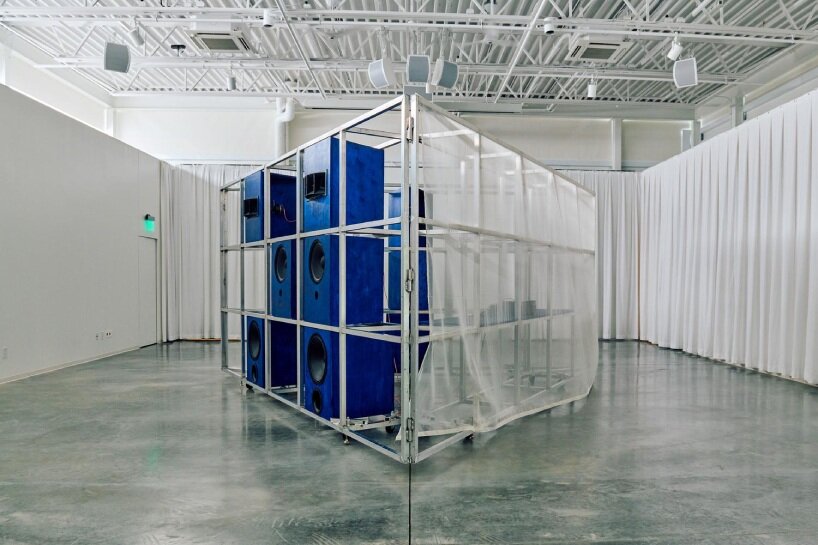
Joseph Zeal-Henry and Deborah Garcia present SUPA System
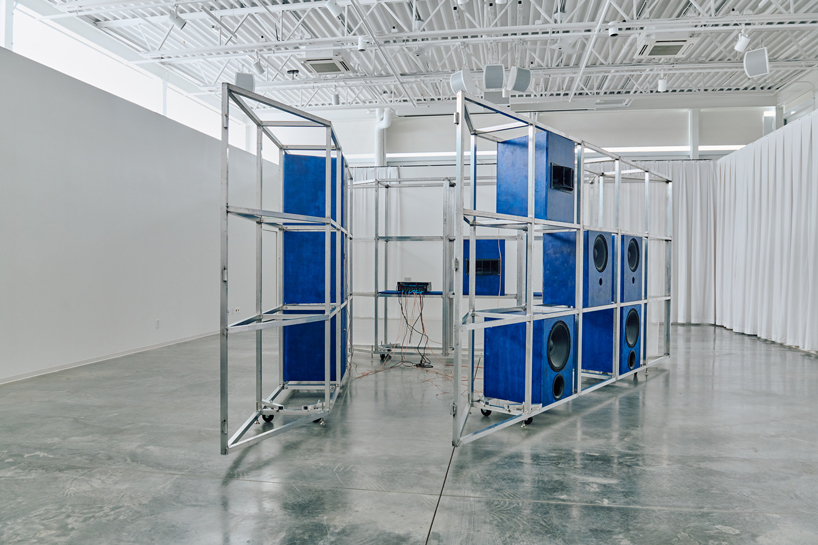
systems and a projection screen integrate into the aluminum frame
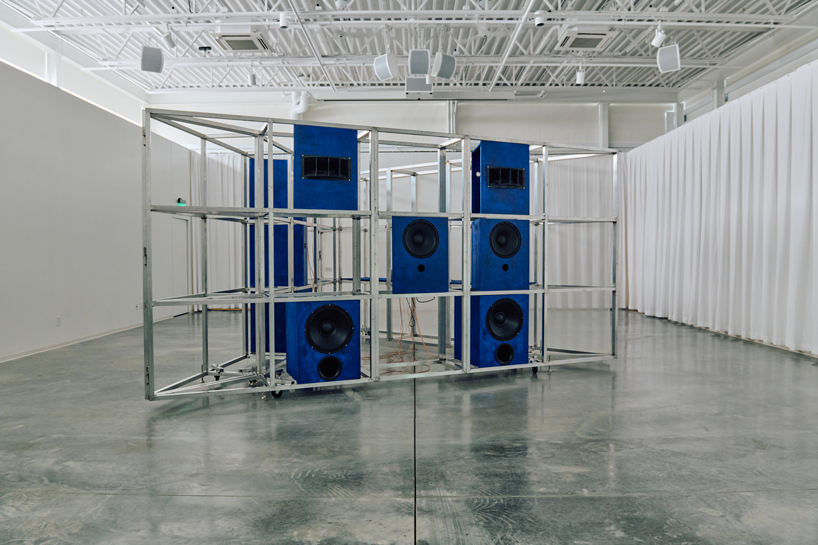
the sound system arrangement can be shifted depending on the sonic experience required
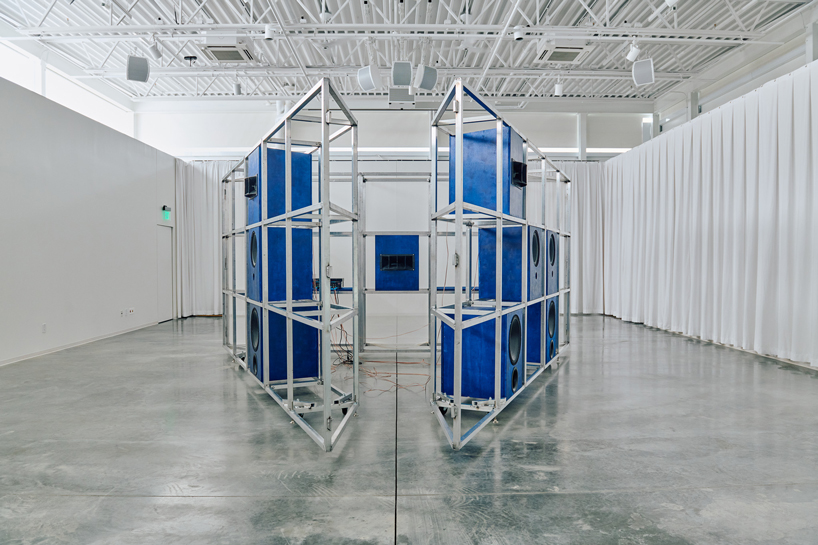
set on hinges, the modular structure can be opened and occupied to host various events
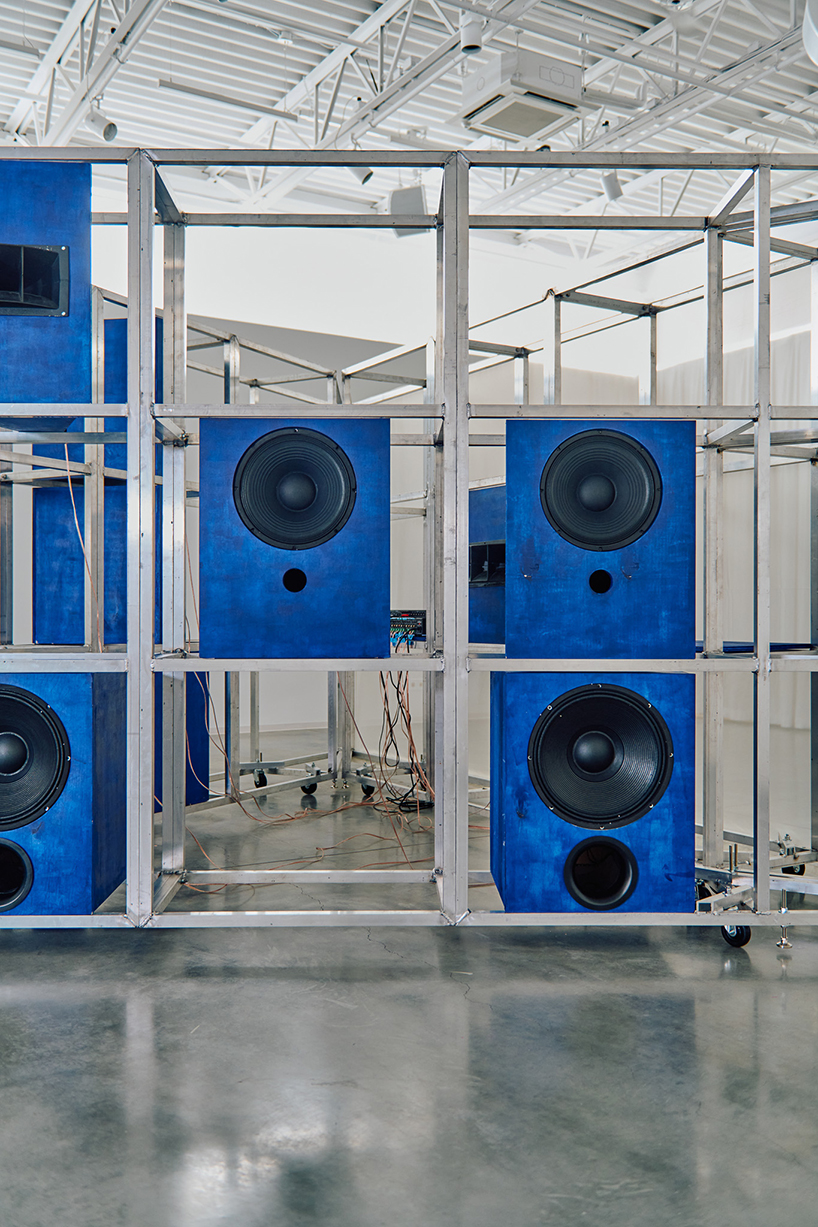
speakers boxes made by Joseph Zeal-Henry
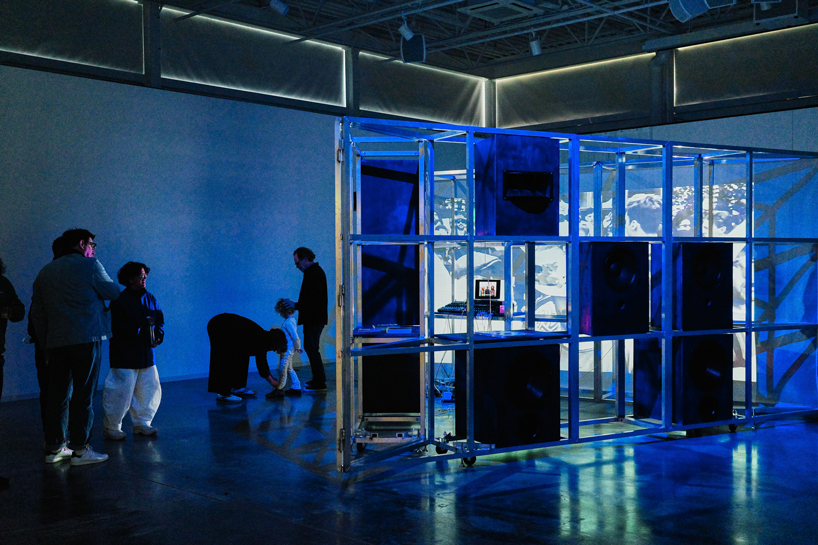
SUPA during the opening night
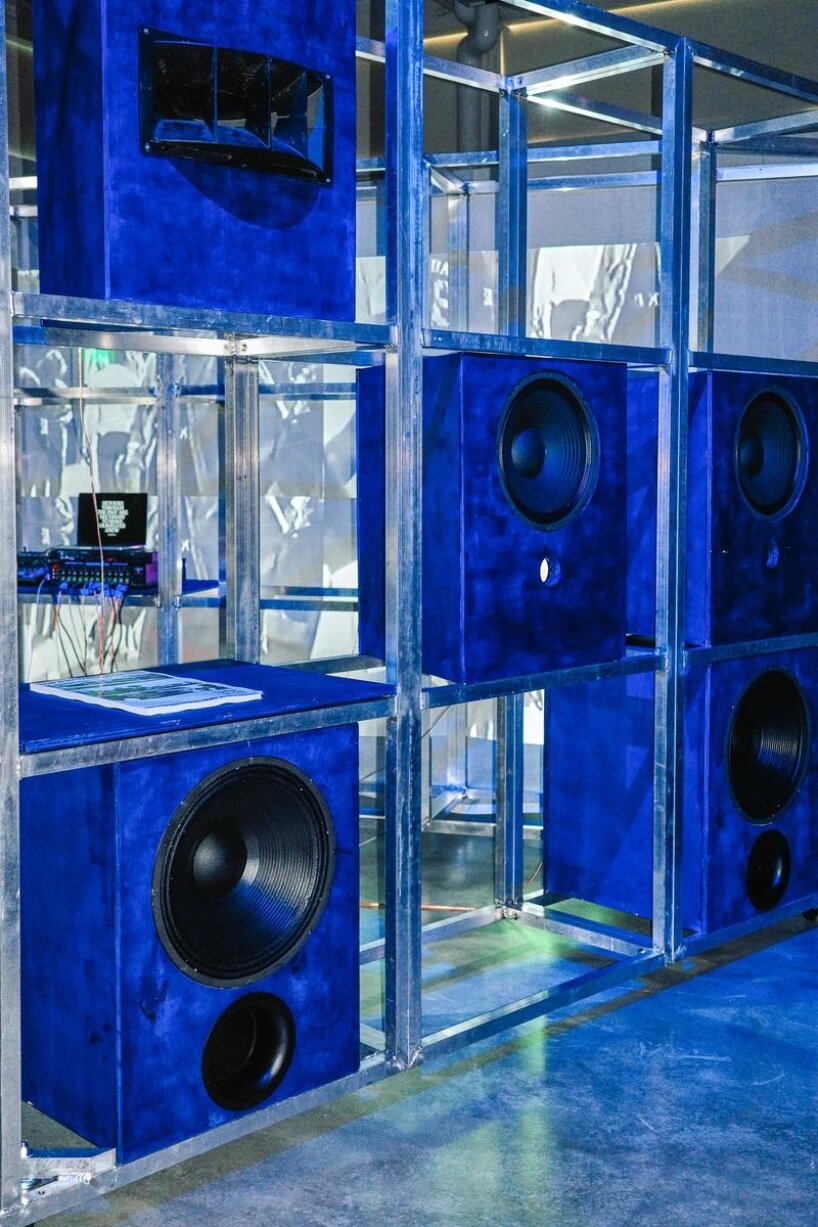
inspired by commercial billboards’ aluminum frames










